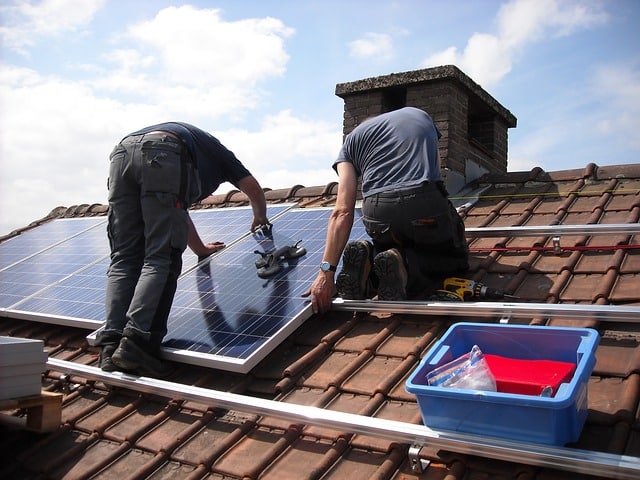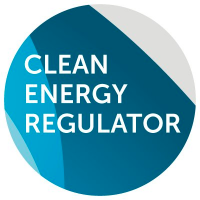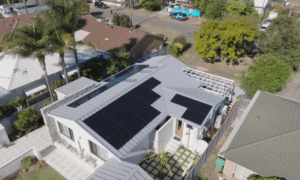In the first half of 2017 there was a 23% increase in small-scale solar system installations in Australia.
While this is good news, it has also led to an oversupply of Small-Scale Technology Certificates (STCs).
This, in turn, has reduced the trading price of STCs from $40 to their current price (as at early September) of $30.50.
The price reduction of STCs may affect the amount of solar energy rebate installers can pass on to their customers.
How the STC system works
STCs are generated under the Clean Energy Regulator’s Small-Scale Renewable Energy Scheme. The scheme provides a financial incentive for solar companies to install home solar power systems.
The certificates are created when eligible systems are installed. They can then be sold on an open market to help installers recoup some of their costs.
They can also be sold through the STC clearing house, where the price is set at $40. In a heated market, however, sales are likely to be delayed in the clearing house.

Why has the price fallen?
The Clean Energy Regulator sets yearly targets for STCs, based on prior years’ market activities.
According to Green Energy Markets data, an average of 245,700 STCs are required to meet the current target.
However, the average for June to August 2017 was almost 73% above this, at around 425,000 STCs
TFS Green Australia broker Marco Stella said that the Regulator will need to set the target higher for 2018 to absorb the surplus of STCs in the market.
What should installers do about this?
Some operators in the industry saw the writing on the wall and took measures to hedge against potential losses, such as through the forwards market.
Many did not, however – especially newer operators who did not have prior experience of STC price volatility.
Small-scale solar system installers have a few options:
- Sell their STCs at a discount to help recover at least some costs.
- Hold on to their STCs until the market price recovers before selling them.
- Charge higher prices to customers for solar installations.
- Sell the certificates through the STC clearing house. However, it’s likely the certificates will be held until the oversupply in the market subsides. This could delay the sale for many months.
Installers should make sure to always keep an eye on the STC market. This should help them to minimise the risks of price fluctuations and volatility in the future.












































